Art in Braille: How This 27-Year Old Is Making Beauty Accessible to Those With Disabilities
These accessibility initiatives can be life changing for many, who are kept outside the enriching world of art and culture, thanks to their disability.
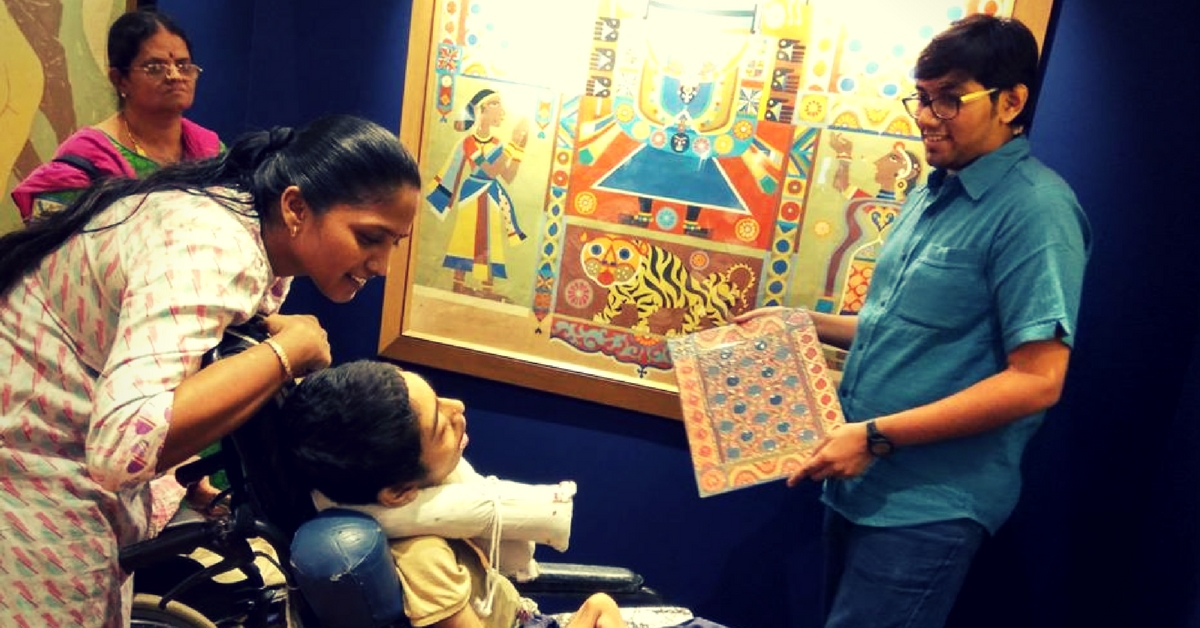
At DAG Modern in Mumbai’s Kala Godha, if you’re lucky enough, occasionally you can hear discussions on art that are unique.
Often, the voices you hear are not of students of art or its connoisseurs, but of children from a blind school who regularly visit the gallery under a programme called ‘Abhas’, a tactile art walk.
Since the museum has tactile reproductions of the paintings, these children get to experience art not through the conventional sense of sight, but through touch.

As a Heritage Architect and Access Consultant, this is what 27-year-old Siddhant Shah does. Since 2015, he has been working with museums like DAG Modern to help create a world where anyone can have access to our museums, art galleries and heritage, irrespective of the kind of disability.
So, what made Siddhant take up the cause?
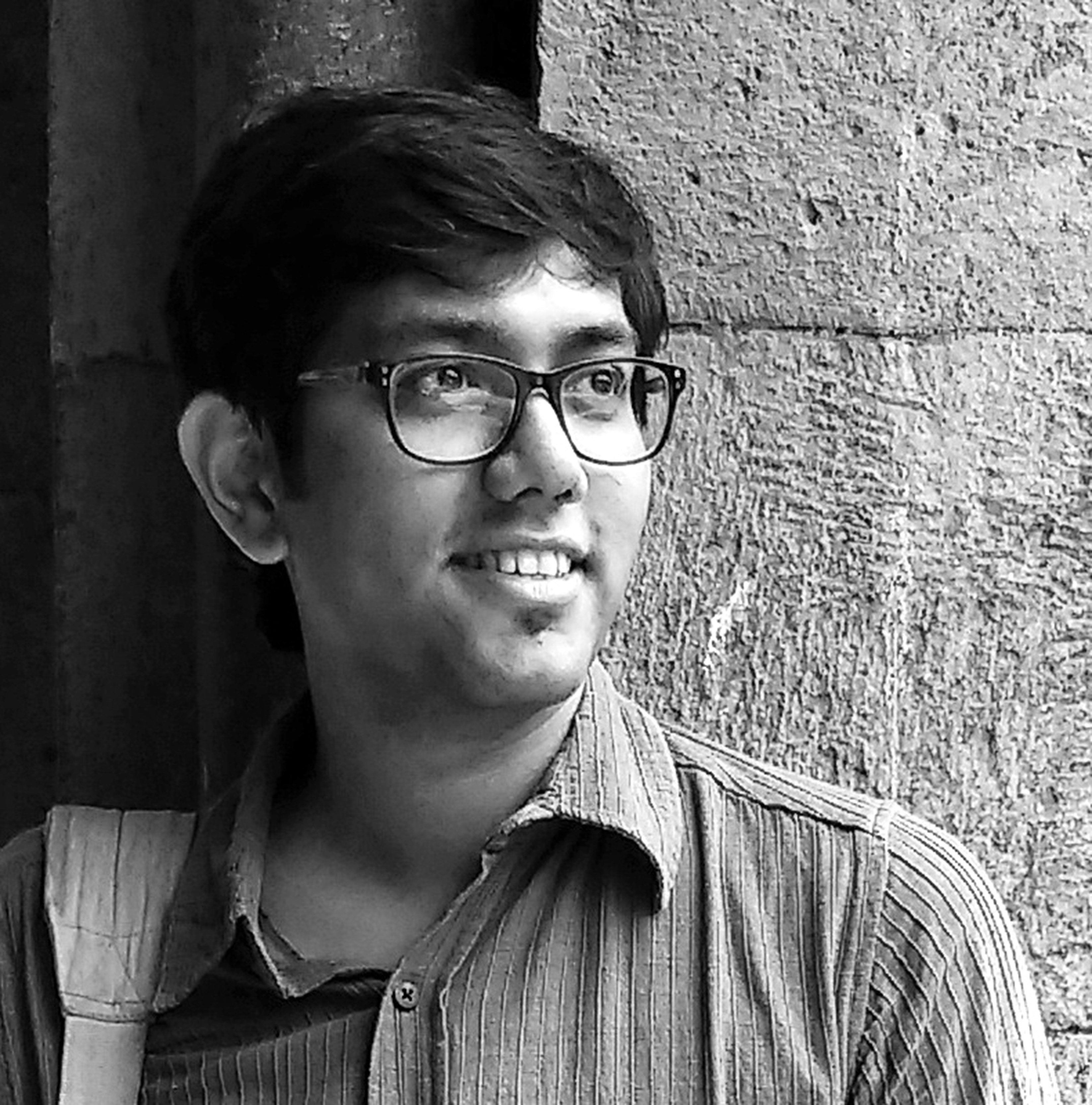
As an Architecture student, Siddhant and his team participated in a competition hosted by Archeological Survey of India (ASI) and United Nations Educational, Scientific and Cultural Organization (UNESCO) to make Indian heritage sites disable-friendly.
He credits this competition as his first introduction to “how architecture, heritage and disability needs come together.”
More than his team winning the competition, which it did, he realised how to adapt theories of tactile models into real-life scenarios.
Eventually, when he was studying MA Heritage Management in University of Kent’s Athens Campus, Greece as a Starvos Niarchos Scholar, he was struck by the inclusive, disabled-friendly cultural institutions.
In India, let alone the facilities, even the conversation around disability issues can be challenging.
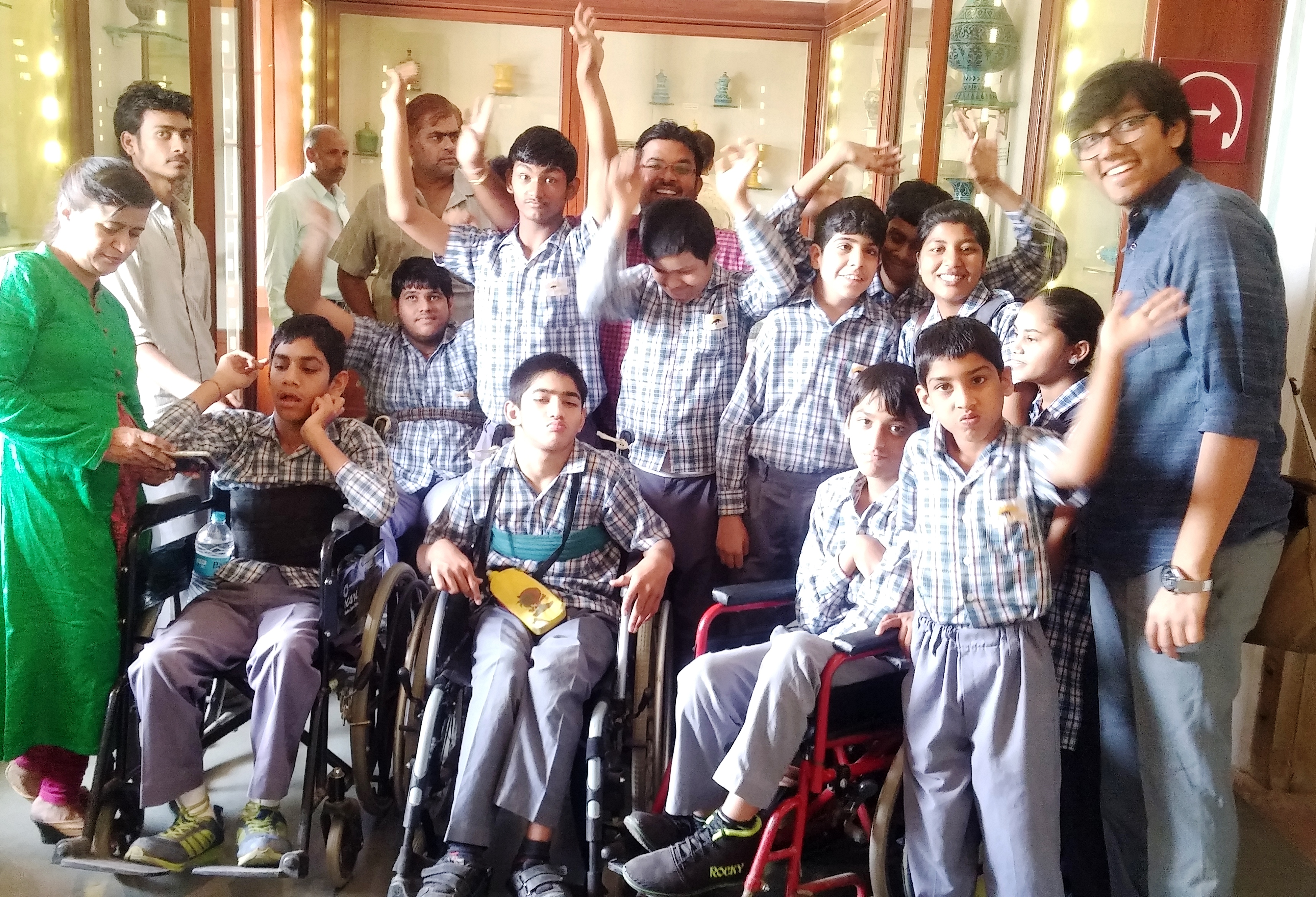
Since his mother is partially-sighted as well, he considered her needs as the benchmark for all the designs he did while working as a consultant for various museums, after his return from Greece. However, not many museums were keen on giving him a chance to explore this avenue.
“As I was approaching different organisations and museum and writing to them, none were interested. They said they were not looking into this because they didn’t have any visually impaired people coming to the museum. But, the reason they don’t come in because they don’t have the facility! Luckily, the City Palace Jaipur said Yes!”
All these experiences with cultural institutions of India prompted him to set up his own organisation that would try to bring the accessibility issues in the mainstream.
Through his 2-year-old organisation ‘Access for All’ he has already worked with National Museum in Delhi (where he was instrumental in setting up Anubhav Tactile Gallery), City Palace and Jawahar Kala Kendra in Jaipur, Serendipity Arts Festival in Goa among many others to produce tactile reproductions, braille books and organise Abhas tactile walks. Additionally, he also designed the first museum braille book in Pakistan, for State Bank Museum in Karachi!
These accessibility initiatives can be life-changing for many, who are kept outside the enriching world of art and culture, thanks to their disability.
In fact, once when the children in the Abhas tactile walks were asked by Siddhant what do they remember from their previous visit, they could comfortably talk about Jeram Patel, whose iconic profiles they ‘touched’ in their previous visit, and thoroughly remembered all thanks to the braille brochures he designed.
“When we visit museums, we can take home brochures. But for these [visually-impaired] children, there is nothing which they can take back. That’s why we started making these braille brochures so that they can take with them.”
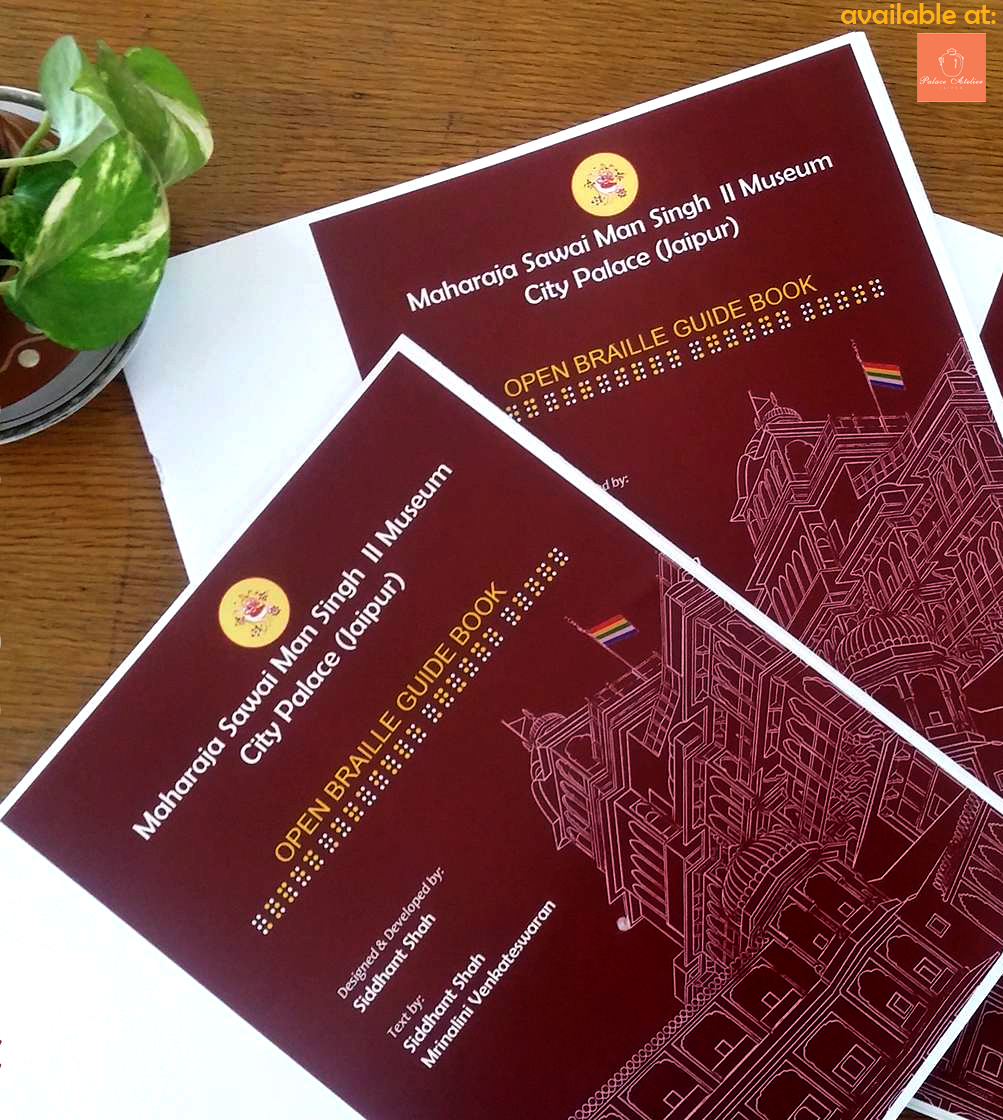
For Siddhant the experience of coming face to face with the impact he has created can be often surreal.
In one instance, he remembers a boy who was able to successfully identify an SH Raza painting after encountering it for the first time at an industrialist’s house in Mumbai, where his father works as a driver:
“It was a beautiful painting with bright colours and geometric shapes. Hence, it had a lasting impression on his mind. Imagine, if these kids could be given basic access and information early on, they can observe and learn so much! It was one of the most touching moments of my life.”
Siddhant’s idea of accessibility is not a narrow one. He wants to include people who might otherwise be deemed as conventionally ‘normal’, but may lack the financial and social resources to access art and culture.
“In a museum, an architect’s job is not only about providing ramps, wheels and toilets as many seem to believe. One should also make sure that even the knowledge stored in these walls need to be communicated. That is why I introduced the idea of ‘intellectual accessibility’,” says Siddhant.
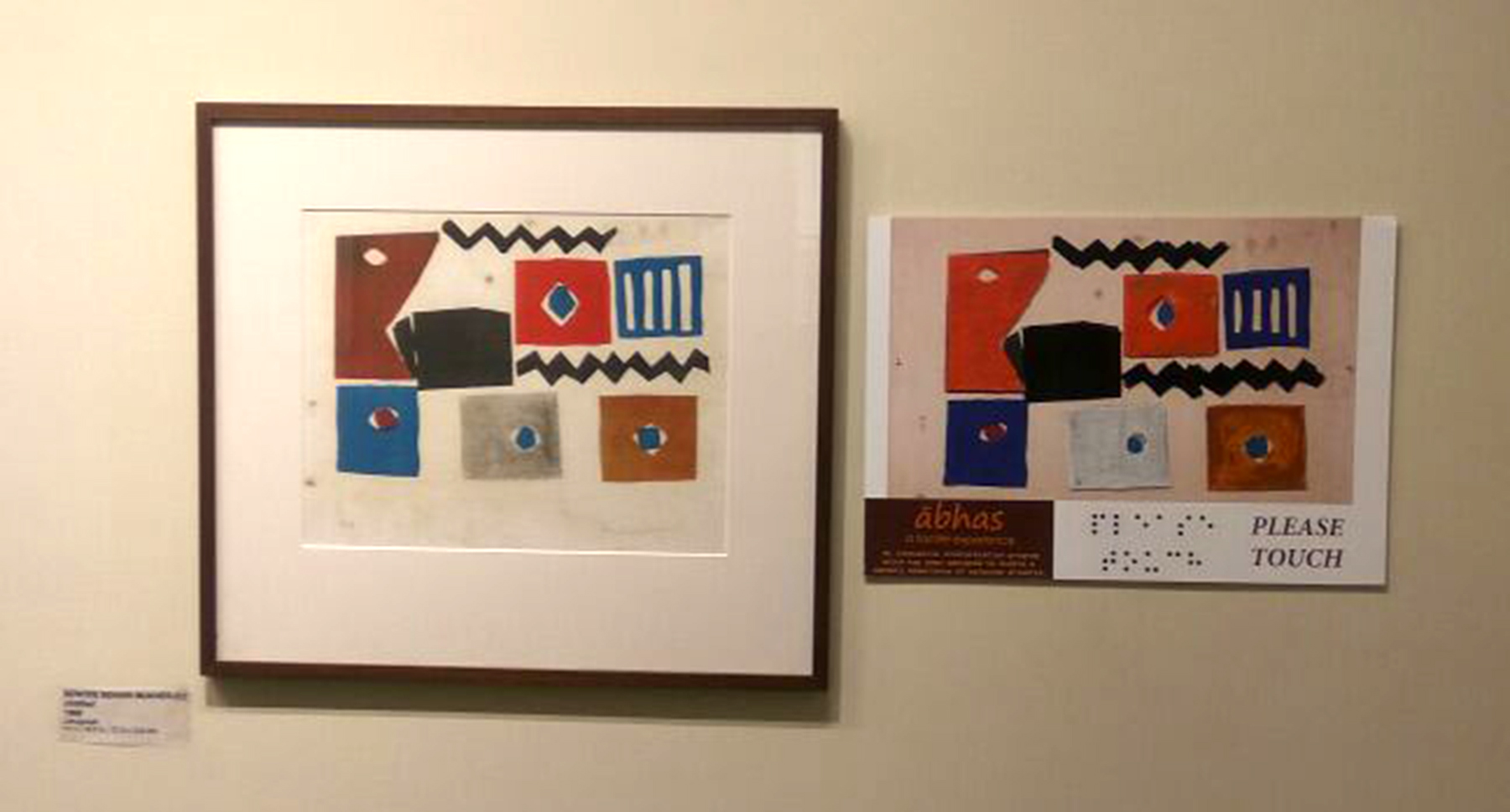
With this concept of ‘intellectual accessibility’, Siddhant is addressing an issue that art world doesn’t want to acknowledge – its fondness for jargon.
“For example, the captions in museums are difficult to understand even for someone from the same field because the language is too advanced. It is important to give a personalised experience of the museum. Hence, a simple act of having the captions in the local language can make a lot of difference.”
Currently, ‘Access For All’ is working to make Mehrangarh Fort in Jodhpur accessible through a comprehensive project, where it is not only looking at the fort and gallery but also its website and social media to promote accessibility.
You may also like: The Boy Who Defeated His Disability to Become an Award Winning Artist
Siddhant believes in the potential of technologies like 360-degree virtual reality which can be a boon to people who cannot access the physical space. His idea of accessibility is based on the motto, ‘Bringing context to the people and people to the context’.
Since the organisation, as well as the work it does, is fairly new, Siddhant is looking for opportunities to work with organisations and cultural institutions on the issue of accessibility.
To contact Siddhant, email: [email protected]
Website: www.accessforall.co
Like this story? Or have something to share?
Write to us: [email protected]
Connect with us on Facebook and Twitter.
NEW: Click here to get positive news on WhatsApp!
If you found our stories insightful, informative, or even just enjoyable, we invite you to consider making a voluntary payment to support the work we do at The Better India. Your contribution helps us continue producing quality content that educates, inspires, and drives positive change.
Choose one of the payment options below for your contribution-
By paying for the stories you value, you directly contribute to sustaining our efforts focused on making a difference in the world. Together, let’s ensure that impactful stories continue to be told and shared, enriching lives and communities alike.
Thank you for your support. Here are some frequently asked questions you might find helpful to know why you are contributing?


This story made me
-
97
-
121
-
89
-
167











